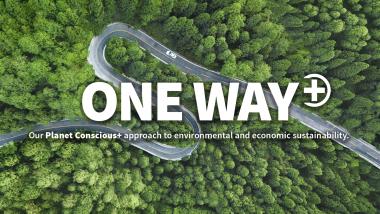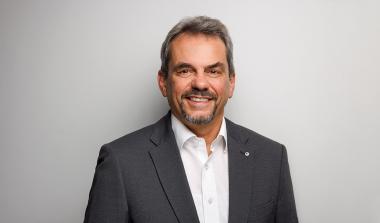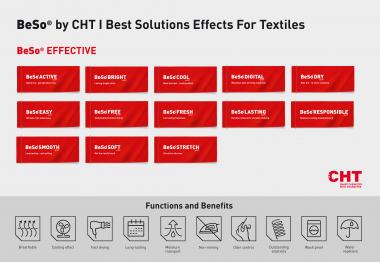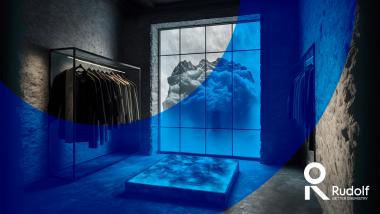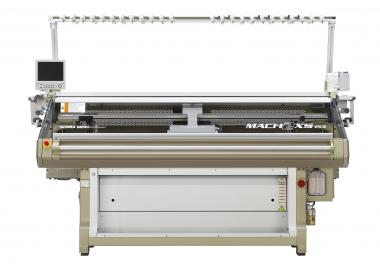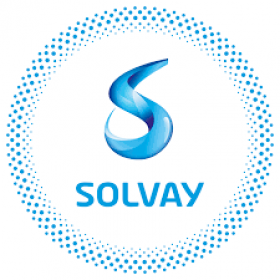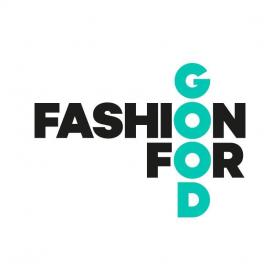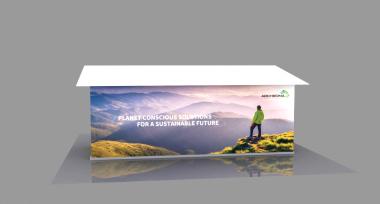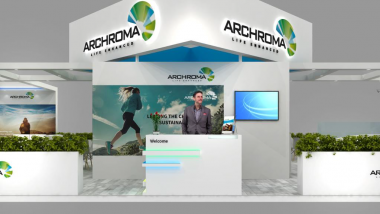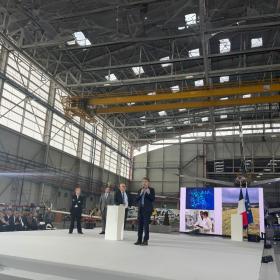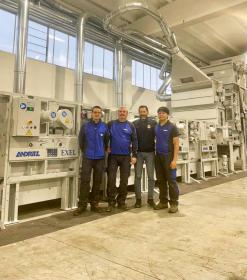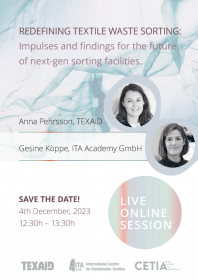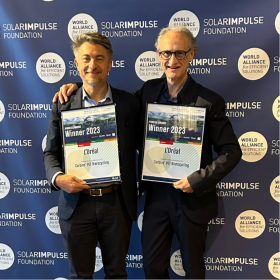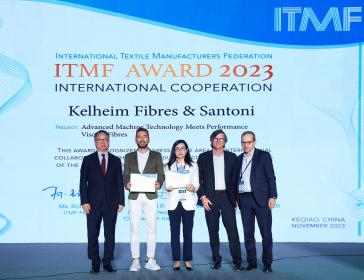Archroma launches ONE WAY+
Archroma launched the ONE WAY+ to help mills and brands to improve their productivity and efficiency, and to reduce their environmental impact.
The program is a three-phase process of establishing the baseline, process design and implementation, and ongoing improvement. Tailor-made for selected customers, it draws on the expertise of a curated team of Archroma processing experts and leverages specialist tools and technologies, including Archroma’s ONE WAY Impact Calculator combined with Sustainability Improvement Program.
Mills that adopt Super Systems+ through the ONE WAY+ process can expect enhanced productivity and reduced resource utilization and utilities costs; in addition, also cleaner chemistry and the co-development of new aesthetics and functionalities. Participation in the ONE WAY+ process also indicates to brand partners that mills are committed to remaining sustainable by adopting global best practices and using products that are compliant with current and future regulatory requirements.
Brands that work with Archroma under ONE WAY+ will be supported with a roadmap to their sustainability targets. They will gain a better understanding of the sustainability status of their current suppliers and how this impacts their supply chain. Ultimately, the aim is to optimize efficiencies in the supply chain and connect with suppliers that are able to meet target sustainability commitments.
From base-line audit to results review, ONE WAY+ is usually carried out over 16 weeks, with a team of two or three Archroma experts working closely with the customer’s technical teams. Results achieved so far include the following:
- A textile mill in China, serving a top international sports and athleisure brand, cut its processing time by 30% while reducing water and steam requirements by 40% and achieving a 10% RFT improvement; and
- A textile mill in Peru, serving a leading American luxury fashion house, reduced water and steam usage by 20% while slashing processing time by 30%.
- A textile mill in Argentina, serving casual wear and performance apparel brands, reduced water consumption by 40% and steam usage by 20%
- A textile mill in India, serving some of the world’s largest homewares brands, improved productivity by 15% while achieving 95% right first time (RFT) processing and 0.5% quality rejection.
Archroma


